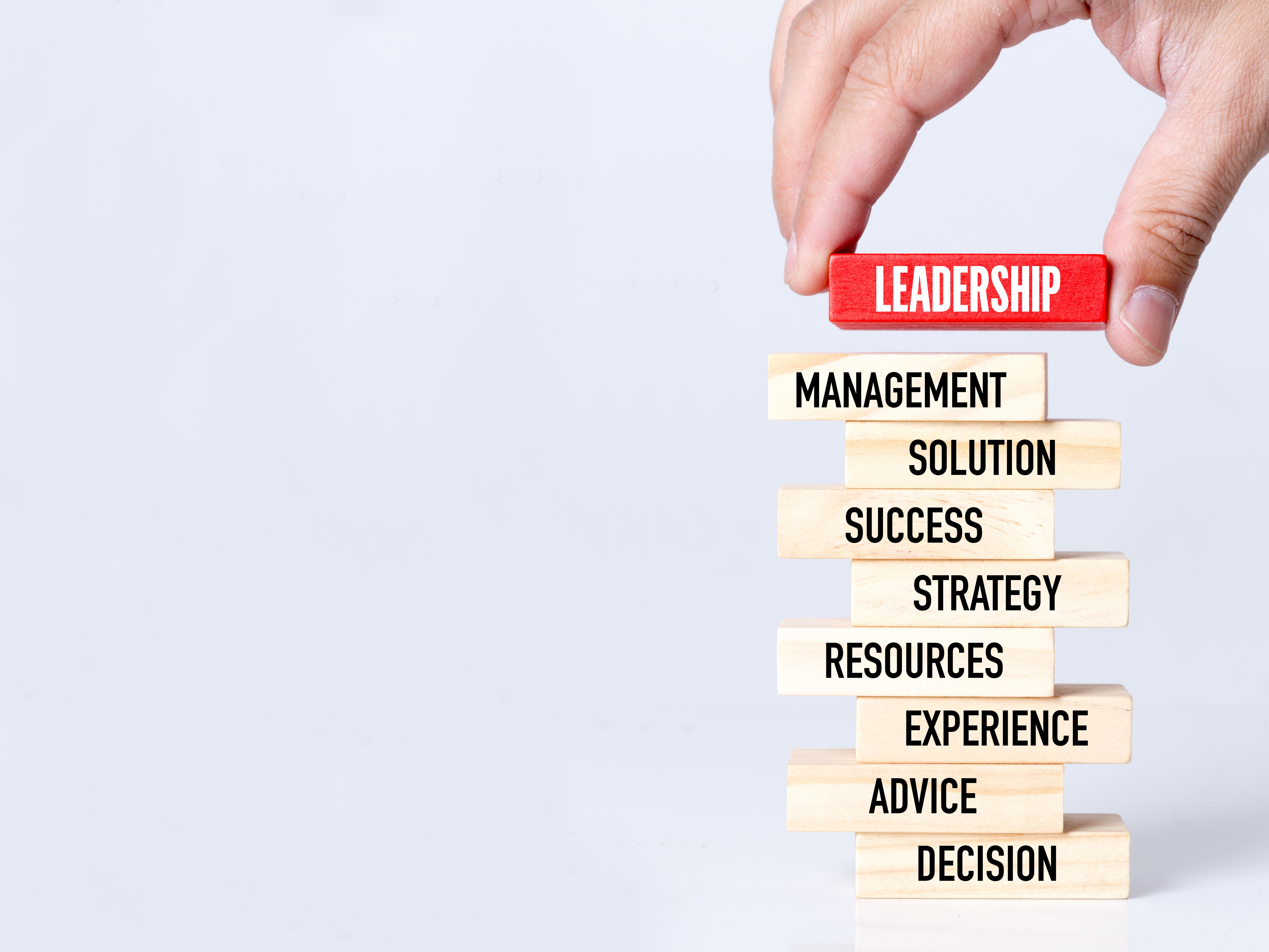 Lots of people use the phrase “strategic leadership” very loosely. It gets thrown around in business like people put salt on food. For some, a strategic leader is the visionary, out front identifying the next big idea.
Lots of people use the phrase “strategic leadership” very loosely. It gets thrown around in business like people put salt on food. For some, a strategic leader is the visionary, out front identifying the next big idea.
For others, a strategic leader is the architect of the competitive response, or even just the guy with the fanciest document or PowerPoint deck. Invariably, the assumption is that strategic leaders are near the top of the food chain – but what if this line of thinking is all short sighted?
I think strategic leadership is not about individuals in the C-suite but instead, a fully functioning management ecosystem. It starts with a clear direction from the top; painting a picture 1-3 years out that includes both what the organization is going to do to win in the marketplace, and what they’re NOT going to do, just as clearly stated. Then, strategic leadership is the process of moving that information from the most senior leaders thru the management chain to the front line. Front line employees and contractors are then asked to prove their understanding of how they can help execute the strategy, and any disconnects are relayed up to the top for clarification. The measure of whether or not this strategic leadership ecosystem functions is clear. Every frontline employee can answer these Big Picture Questions:
- How do I fit into the Big Picture?
- What are my tasks?
- How do I know I’m doing them in a way that will help execute the strategy?
Who Are Your Strategic Leaders?
Strategic leaders, then, are the folks who relentlessly pursue clear answers to these three questions for themselves, everyone in their reporting structure and even for their bosses. Being a strategic leader means you work every day to clarify and execute the strategy. As with most of the talent risk management and knowledge transfer tools and ideas I’ve put forth over the years, this concept is deceptively simple and straightforward until you actually try to put it into practice. Just this week I was on the phone with a CIO for a major insurance company who lamented that her president is less than stellar at explaining his strategy. She has to do this clarifying work, in part, for him so that she can be sure her people do not waste time or money heading down the wrong path. So be it, we both agreed. Better that she work with him to ensure a clear strategy than to throw up her hands.
Embed Strategic Leadership in Every Level of Your Business
No matter who you are, you can work to improve alignment of your leaders to execute the clearest version of today’s strategy possible. Here are three steps:
- Answer the Big Picture Questions and ensure that your answers are aligned with your boss and your peers. I’ve recently worked with the president of a major financial services firm who uses these questions to clarify expectations with her VPs. She then expects her VPs to work with their directors, and for them to work with their front line managers who, in turn, work with their staff. She knows that if her strategic leadership ecosystem is functioning she can have a casual conversation about customer, product, competition, priorities and metrics with any one of her several thousand employees and expect their answers to align with hers. If they don’t, her leadership team has work to do and a clear line of site on how to do it.
- Gather talent risk data in the Knowledge Silo Matrix for all employees in your enterprise and then compare your current technical/professional capacity to those needed to execute the strategy 3-36 months out. After choosing the silos where you have insufficient capacity, you’ll be able to then use Skill Development Plans to clarify the specific tasks needed to deliver at every level. With that data, you can mitigate your talent risk using knowledge transfer.
- Another outcome of assessing talent risk using the Knowledge Silo Matrix is choosing your “purples.” The role of the purple is to set the standard for every knowledge silo to ensure those working in that silo know that they are doing the work the right way. Since many strategies involve transformational changes to technology, culture and process, choosing purples is a critical role for the strategic leadership ecosystem. It is far too common for leaders to complain that their transformation isn’t happening fast enough when they haven’t been clear about what they want. This step ensures that question has been carefully answered.
My recommendation to my clients and to you is to simplify your view of strategic leadership. Take the time to clarify the Big Picture, ensure that tasks and standards are clear, and then test up and down the organizational structure to ensure there is alignment. Getting back to the basics in this way will ensure you execute your strategy quickly.

